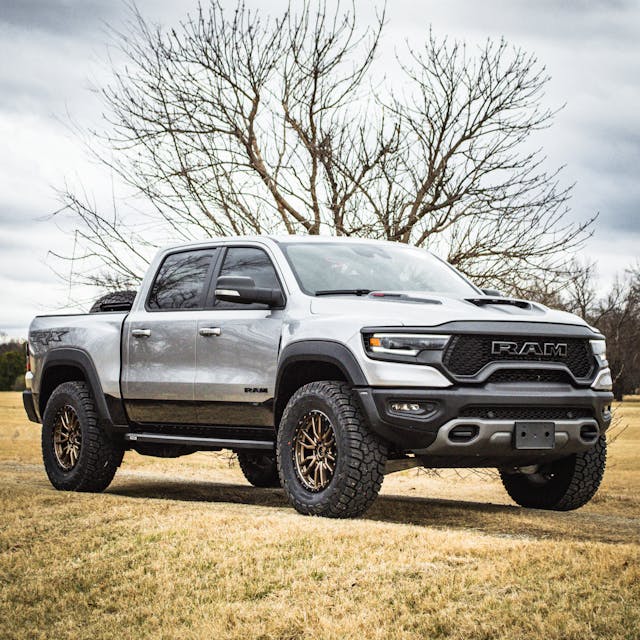When you hear the term off-road tires, your mind might jump to rugged Jeeps climbing mountain trails or trucks splashing through muddy backroads. But what exactly makes a tire “off-road”? And do you really need them for your vehicle? In this guide, we’ll break down what off-road tires are, how they differ from regular ones, and when it makes sense to use them — even if you’re not a hardcore off-roader.
Table of Contents
ToggleWhat Are Off-Road Tires?
Off road tires are specially designed to provide traction, durability, and performance in rough terrain — places where regular street tires would struggle or fail completely. Whether you’re driving on gravel, sand, mud, snow, or uneven rocks, these tires are built to grip where others slip.
Key Features of Off-Road Tires
- Aggressive Tread Patterns
The most noticeable difference is the deep, chunky tread. These wide grooves and lugs dig into loose surfaces like dirt or snow, helping the tire maintain grip instead of spinning out. - Thicker Sidewalls
Off-road tires often have reinforced or thicker sidewalls to resist punctures from sharp rocks, branches, or other trail hazards. - Durable Rubber Compounds
The rubber used in off-road tires is generally tougher than what you’d find in passenger tires. It’s made to resist cuts, chips, and wear under tough conditions. - Self-Cleaning Ability
Some tires are designed to eject mud, gravel, and snow from the treads to maintain traction without clogging.
Are Off-Road Tires Good on the Road?
This is one of the most common questions — and a fair one. Many people who buy trucks or SUVs like the idea of going off the beaten path, but in reality, they spend most of their time on pavement.
So, are off-road tires practical for highway or city driving? The answer depends on the type of off-road tire and how much compromise you’re willing to make.
The Downsides on Pavement:
- Noise
Off-road tires tend to be louder than street tires because of their aggressive tread design. That deep tread hums or roars at higher speeds — not always ideal for daily commuting. - Fuel Efficiency
Because off-road tires have more rolling resistance and often weigh more, they can slightly reduce fuel economy compared to highway tires. - Handling
On smooth pavement, off-road tires usually offer less precise handling and longer stopping distances.
That said, there are hybrid options — called all-terrain tires — that aim to offer the best of both worlds. These are great for people who spend most of their time on the road but occasionally venture onto dirt or gravel trails.
Can Off-Road Tires Be Used on the Highway?
Yes, most off-road tires are DOT-approved, meaning they’re legal to use on public roads. However, just because you can use them on the highway doesn’t mean they’re the best choice for high-speed driving. For regular daily use, consider all-terrain tires unless your primary driving happens off the road.
Types of Off-Road Tires
Depending on your vehicle and how extreme your adventures get, there are different categories of off-road tires:
- All-Terrain (A/T) Tires
Best for mixed use — highway and occasional off-road. Less aggressive tread than full mud tires. A good balance of road comfort and trail grip. - Mud-Terrain (M/T) Tires
Built for deep mud, loose dirt, and rocky terrain. Loud, stiff, and not fuel-efficient on pavement — but unmatched off-road. - Rock-Crawling or Extreme Off-Road Tires
These are large, heavy, often aired-down tires meant for serious off-road vehicles. Not road-friendly but great for specific purposes. - Sand or Desert Tires
Designed for wide, floaty traction across loose sand. Often used on dune buggies or specialized off-road trucks.
Do You Really Need Off-Road Tires?
Here’s where it gets personal. Ask yourself:
- Do I drive on unpaved roads frequently?
- Do I go camping, overlanding, or trail driving often?
- Do I live in an area with snow, mud, or poor road conditions?
If the answer to any of those is yes, you might benefit from off-road or at least all-terrain tires. Even for farmers, ranchers, or anyone living in rural areas, a good off-road tire can mean the difference between getting stuck and getting home.
On the other hand, if you spend 90% of your time on city streets or highways, off-road tires might not be worth the trade-offs in comfort, fuel economy, and handling.
Bonus: How to Tell If a Tire Is Off-Road Ready
Look for these markings or signs on the sidewall:
- “A/T” or “M/T” in the model name
- A 3-peak mountain snowflake symbol (for snow-rated all-terrain tires)
- Deep, blocky tread pattern
- Ply rating (off-road tires may have 6-ply or more)
Conclusion: Choose What Fits Your Lifestyle
Off-road tires aren’t just about aesthetics or adventure branding — they serve a real purpose for people who need traction and toughness beyond the pavement. Whether you’re navigating snowy backroads, camping in the mountains, or just want peace of mind for weekend getaways, having the right truck tires can make all the difference.
But like any tool, it’s all about using the right one for the job. If your daily grind is all pavement, a high-quality all-season or all-terrain tire might be your best bet. If you’re chasing dust trails or crossing rivers on the regular, then yes — go for full off-road tires and don’t look back.
Either way, understanding the features, benefits, and trade-offs of off-road tires will help you make smarter choices — and keep your journey rolling forward no matter where the road ends.











